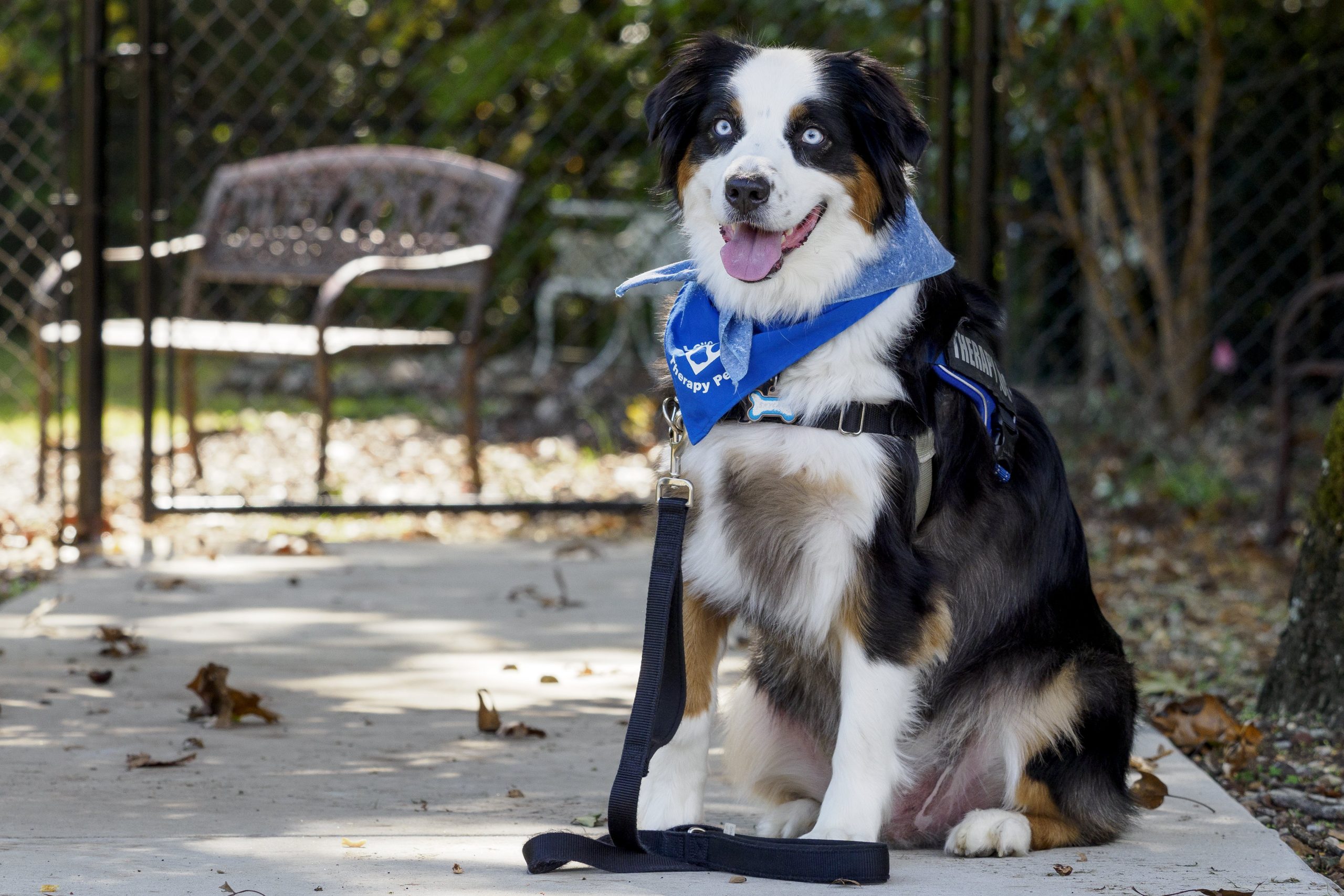Dogs, like humans, can face behavioral challenges that may impact their well-being and the harmony of their relationship with their owners. Harnessing the power of leash therapy can be a transformative approach to address and manage behavioral issues in dogs. In this guide, we explore how intentional leash therapy techniques can be instrumental in shaping positive behaviors and fostering a more balanced and contented canine companion.
1. Identification of Behavioral Issues:
Before embarking on leash therapy in dogs, it’s crucial to identify specific behavioral issues your dog may be exhibiting. Whether it’s excessive pulling, reactivity to other dogs, or anxiety, understanding the root causes enables you to tailor leash therapy to address these issues effectively.
2. Structured Walks:
Implementing structured walks is a fundamental aspect of leash therapy for behavioral issues. Use a well-fitted harness to gain better control and avoid discomfort for your dog. Maintain a consistent pace, and encourage your dog to walk calmly beside you. Structured walks provide a controlled environment to address issues such as pulling and erratic behavior.
3. Positive Reinforcement Training:
Incorporate positive reinforcement techniques to encourage desired behaviors during leash therapy. Reward your dog with treats, praise, or affection when they exhibit positive behavior, reinforcing the connection between good conduct and positive outcomes.
4. Desensitization and Counterconditioning:
Leash therapy offers an opportunity to implement desensitization and counterconditioning techniques. Gradually expose your dog to triggers that elicit undesirable behaviors, rewarding calm and positive responses. Over time, this can help change your dog’s emotional response to specific stimuli, reducing anxiety and reactivity.
5. Focus and Engagement Exercises:
Practice focus and engagement exercises during leash therapy to redirect your dog’s attention. Teach your dog to focus on you, using treats or toys as rewards. This not only strengthens the bond between you and your dog but also helps mitigate behaviors triggered by distractions.
6. Controlled Socialization:
Leash therapy serves as a controlled platform for socialization, particularly for dogs with behavioral issues. Gradually expose your dog to new environments, people, and other animals, reinforcing positive interactions. Controlled socialization aids in building confidence and reducing fear-based behaviors.
7. Structured Rest Breaks:
Incorporate structured rest breaks during leash therapy to allow your dog to relax and process the environment. Use these breaks to reinforce positive behavior and provide a moment of calm amidst stimulating situations, contributing to better behavioral outcomes.
8. Consistency in Commands:
Consistent use of commands is paramount in addressing behavioral issues through leash therapy. Whether reinforcing positive behaviors or redirecting unwanted actions, clear and consistent communication helps your dog understand expectations, promoting obedience and positive conduct.
9. Gradual Exposure to Challenges:
Gradually expose your dog to challenges that trigger behavioral issues. Whether it’s encountering other dogs, loud noises, or novel environments, a gradual and controlled approach allows your dog to adapt at their own pace, reducing stress and reactivity.
Conclusion:
Leash therapy is a powerful tool for addressing behavioral issues in dogs, providing a structured and controlled environment for positive reinforcement and behavior modification. By harnessing the power of leash therapy and implementing tailored techniques, you can guide your dog towards improved behavior, fostering a happier and more harmonious relationship between you and your loyal companion.
